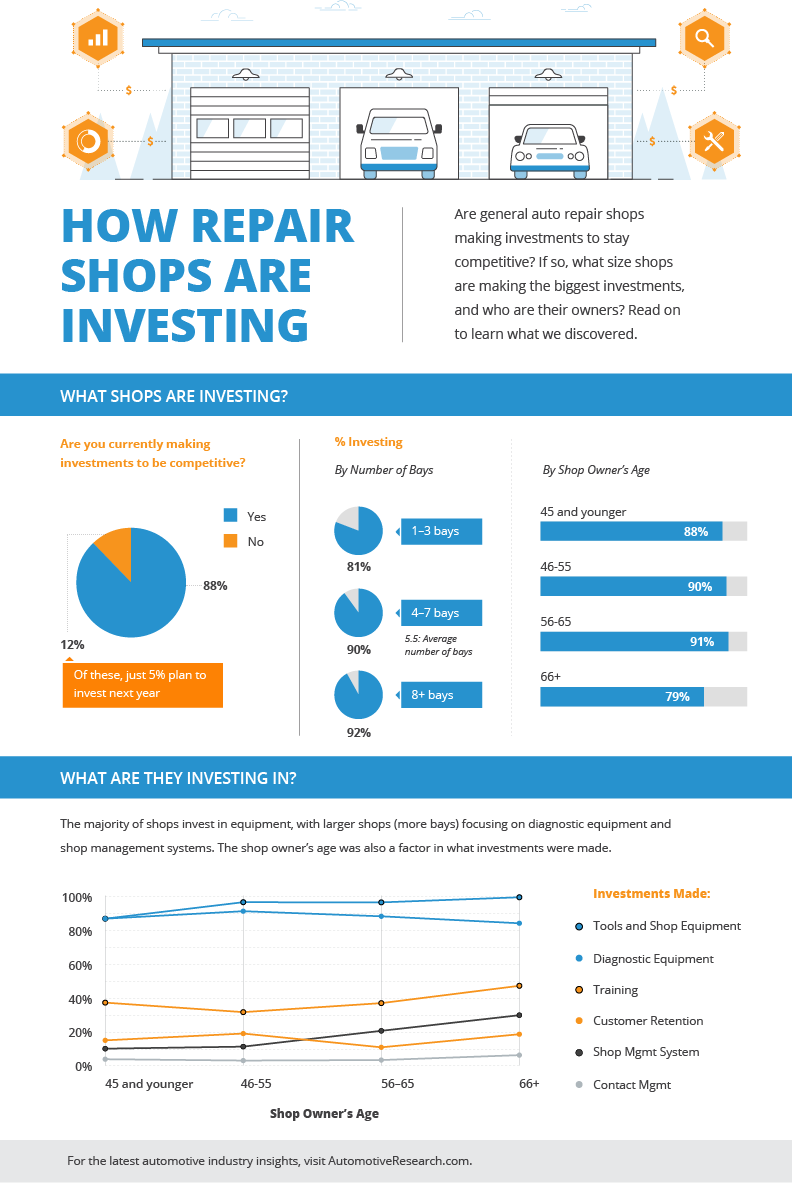Looking For Quality On The Warning Lights Showed On Your Auto'S Control Panel? Discover Exactly How They Connect To Your Vehicle'S Health And Wellness
Looking For Quality On The Warning Lights Showed On Your Auto'S Control Panel? Discover Exactly How They Connect To Your Vehicle'S Health And Wellness
Blog Article
Article Created By-Sykes Dalgaard
When you're behind the wheel, those beautiful caution lights on your control panel can be a little bit difficult. Do you know what they're attempting to inform you about your vehicle's health? Recognizing the significance of these lights is crucial for your safety and the durability of your automobile. So, the next time one of those lights turns up, would not you wish to decode its message properly and take the necessary steps to resolve it?
Common Warning Lighting and Interpretations
Determine typical warning lights in your car and understand their meanings to ensure risk-free driving.
The most typical caution lights consist of the check engine light, which indicates problems with the engine or exhausts system. If this light comes on, it's crucial to have your car inspected without delay.
The oil stress advising light indicates reduced oil pressure, calling for immediate interest to stop engine damages.
A blinking battery light might suggest a malfunctioning billing system, potentially leaving you stranded if not attended to.
https://archerrmgau.bleepblogs.com/30447984/the-development-of-auto-outlining-strategies-over-the-last-years (TPMS) light signals you to low tire pressure, affecting car stability and gas performance. Overlooking this can bring about harmful driving problems.
The abdominal muscle light suggests an issue with the anti-lock braking system, compromising your ability to stop promptly in emergencies.
Lastly, the coolant temperature level warning light warns of engine overheating, which can lead to extreme damages if not solved swiftly.
Understanding these common warning lights will assist you attend to problems immediately and keep safe driving conditions.
Relevance of Prompt Interest
Comprehending the usual warning lights in your auto is just the very first step; the significance of promptly attending to these warnings can't be highlighted enough to ensure your safety and security when driving.
When a caution light illuminates on your control panel, it's your automobile's means of communicating a possible problem that needs focus. Ignoring boat detailing near me can cause much more serious problems down the road, jeopardizing your security and possibly costing you much more out of commission.
Trigger interest to cautioning lights can avoid failures and accidents. For instance, a blinking check engine light might show a misfire that, if left neglected, could cause damage to the catalytic converter. Resolving https://www.kiplinger.com/slideshow/cars/t009-s001-winter-car-care-and-maintenance-tips-2019/index.html can save you from an expensive repair work.
In a similar way, a brake system alerting light might signal reduced brake fluid or used brake pads, critical elements for your safety and security when driving.
DIY Troubleshooting Tips
If you notice a caution light on your dashboard, there are a couple of do it yourself fixing ideas you can attempt before looking for expert assistance.
The first step is to consult your car's handbook to understand what the certain caution light indicates. Often the concern can be as easy as a loosened gas cap setting off the check engine light. Tightening the gas cap might resolve the trouble.
One more usual problem is a low battery, which can set off different advising lights. Checking the battery links for rust and guaranteeing they're safe and secure might repair the trouble.
If a warning light continues, you can try resetting it by detaching the cars and truck's battery for a couple of mins and afterwards reconnecting it. In addition, inspecting your vehicle's liquid levels, such as oil, coolant, and brake liquid, can help fix alerting lights related to these systems.
Final thought
Finally, recognizing your auto's caution lights is vital for maintaining your automobile running efficiently and safely. By quickly addressing these notifies and understanding what they indicate, you can avoid pricey fixings and prospective malfunctions.
Keep in mind to consult your automobile's guidebook for certain information on each advising light and act as necessary to make sure a hassle-free driving experience.
Stay informed, remain secure on the road!
